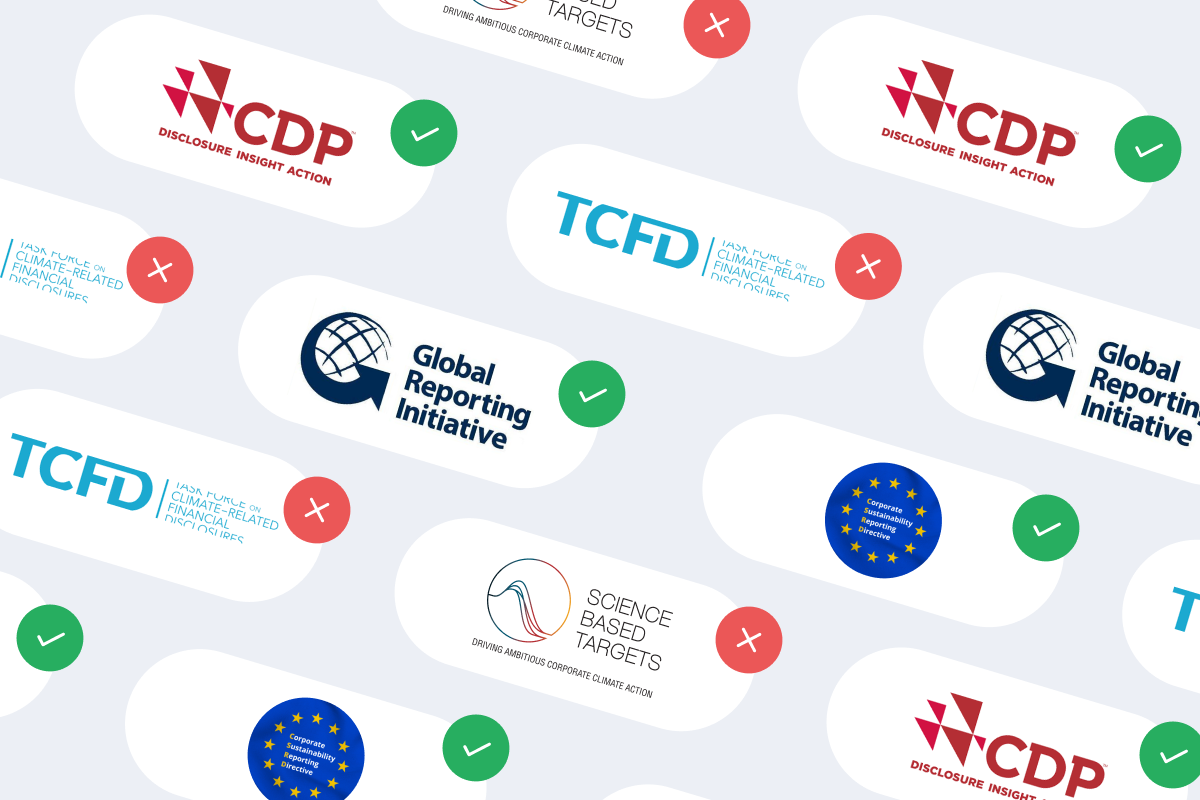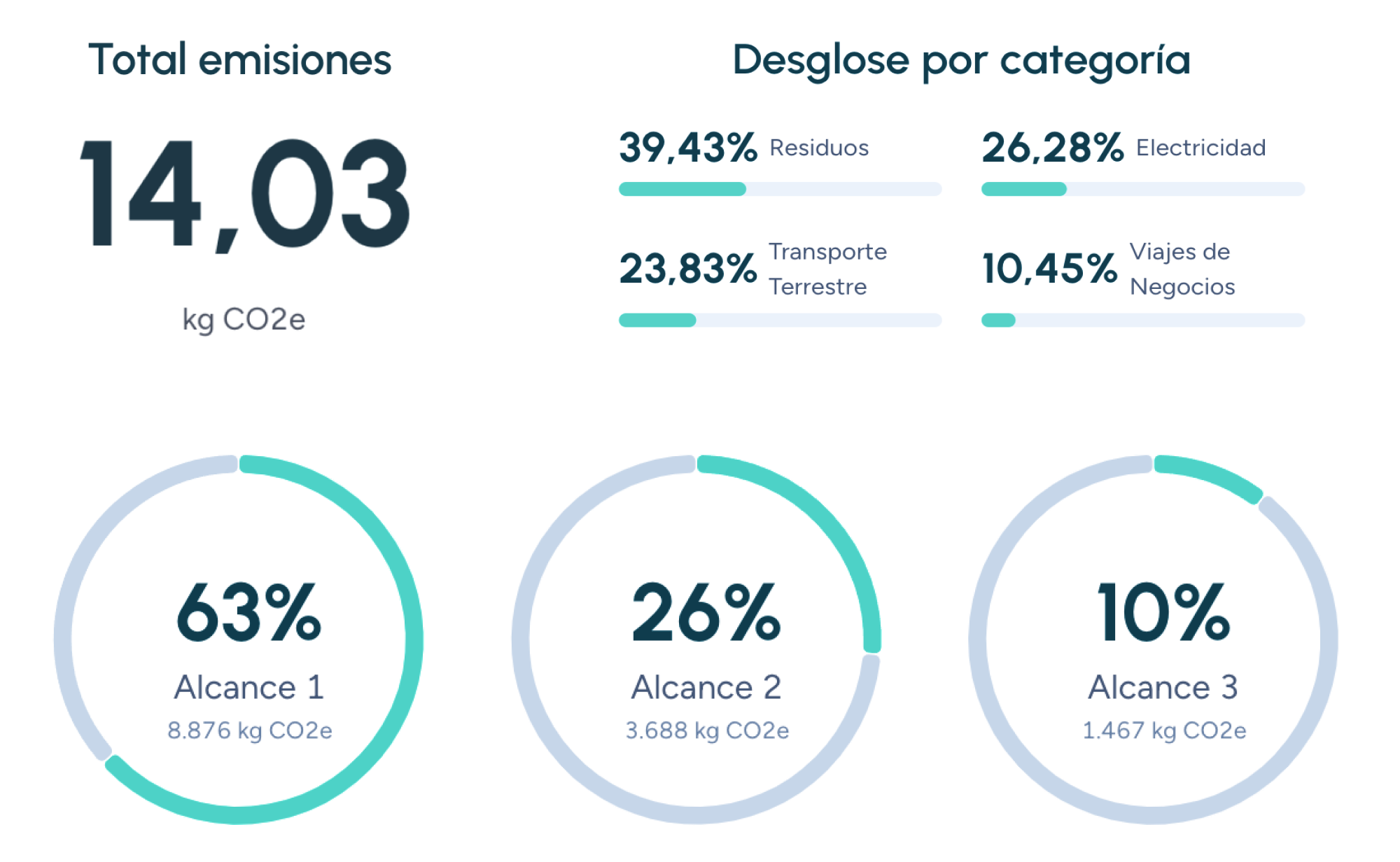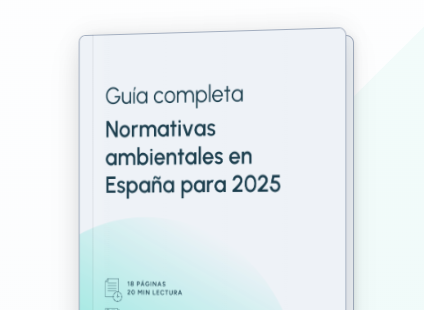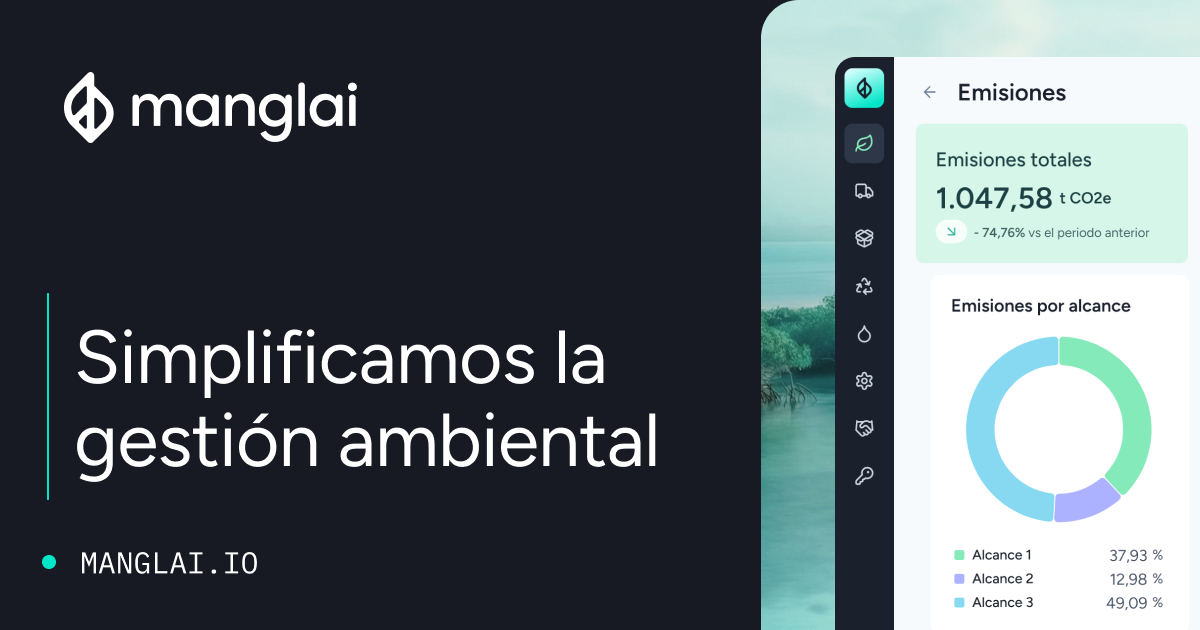Back to the blog
Product carbon footprint
Direct vs. Indirect Environmental Impact in Environmental Analysis: What’s the Difference?
Andrés Cester
CEO & Co-Founder
Measuring a company’s sustainability without separating direct from indirect impacts is like working with only half the dashboard: decisions are based on a fraction of reality.
The European Environment Agency stressed in its 2024 report that sectors monitoring only in-house emissions underestimate their total footprint by 82 %. This gap leads to mis-directed investments, regulatory penalties, and growing distrust among consumers and investors.
To avoid it, you must understand what sets direct impact apart from indirect impact. In this article we dig into both concepts and outline the methodology for rigorously quantifying each one.
What is Direct Impact?
Direct impact covers every effect on air, water, and soil generated within the company’s physical or legal boundaries.
In carbon-footprint terms, this corresponds to Scopes 1 and 2 of the GHG Protocol: fuel burned in on-site boilers, refrigerant gas leaks, and electricity drawn through the facility’s meter.
In water accounting, direct impact includes cubic metres pumped from an internal well, litres recorded by water meters, and effluent discharged from the factory’s outflow. In short, these are flows the company fully controls and can address without relying on third parties.
What is Indirect Impact?
Indirect impact lies outside the immediate operating perimeter, stretching along the entire supply chain and product life cycle. It covers raw-material extraction and processing, third-party transport, product use and maintenance by the end customer, and end-of-life treatment.
Under the GHG Protocol this is Scope 3; in EN 15804 it appears in modules A4 to D. Even if the firm burns no fuel or discharges no wastewater at these stages, it is still responsible, because without its decision to produce or market the product, those flows would not exist.
Why ignoring Indirect Impact is a strategic mistake
The difference between measuring only direct impacts and tackling the full value chain is far from academic—it shapes investment plans and drives corporate reputation.
Take a brewery: if it limits itself to the plant perimeter, it concludes it uses just under four litres of water per litre of beer. Yet barley cultivation and glass-bottle manufacturing add 148 litres per litre of product. Focusing solely on factory consumption would push the brewer to spend time and capital squeezing out marginal efficiencies, when the real opportunity lies in renegotiating farm contracts, switching to returnable bottles, or even adopting recycled-aluminium cans.
Investments aimed at the visible slice of the problem may earn marketing points, but they leave untouched the bulk of the impact that—sooner or later—regulation or markets will force the company to address.
How to measure both impacts without double counting
The first step is to define the analysis boundary clearly.
For emissions, Scopes 1, 2, and 3 of the GHG Protocol provide a taxonomy accepted by regulators, auditors, and rating agencies.
For water, EN 15804 divides the life cycle into modules that likewise help identify where direct impact ends and indirect impact begins.
Once the boundary is set, primary data are collected first: actual energy, fuel, water, and raw-material use measured by meters, ERP systems, and process sheets. Gaps are then filled with sector-average factors. The challenge is to avoid double counting when a single flow appears at two different points in the chain; the solution is to assign unique codes to every data entry and check that it is not duplicated in the final totals.
External verification provides the final quality filter. An auditor accredited under ISO 14065 reviews mass- and energy-balance sheets, checks parameter consistency, and confirms that the statistical margin of error does not exceed the five percent recommended by ISO 14044. Without that verification, transparency loses credibility and investors label the information “unreliable,” which translates into higher financing costs and lower ESG scores.
How Manglai’s platform tools fit in
Understanding the distinction between direct and indirect impacts makes it easier to integrate other analytical solutions.
Calculating a full Scope 3 product carbon footprint prevents surprises during the transition to the EU Carbon Border Adjustment Mechanism (CBAM), which puts a price on imported carbon. In addition, an Environmental Product Declaration (EPD) condenses direct and indirect modules into a single document that can be compared across public and private tenders. Lastly, the Zero-Waste Inventory guides responsible purchasing by distinguishing on-site waste from by-products generated by suppliers, thereby completing the assessment of indirect waste impacts.
Direct vs. Indirect Impact: Why the distinction matters
Precisely separating direct from indirect impact is not semantics; it is the backbone of an effective environmental strategy. Focusing only on the operational perimeter risks overlooking the submerged part of the iceberg that will drive future regulatory demands, brand reputation, and financing terms.
By integrating both impact types with Manglai’s tools, companies gain a complete, verifiable picture of their footprint—allowing them to prioritise investments, anticipate risks, and turn saved kilograms of CO₂ or litres of water into real business value. Ultimately, well-measured sustainability is also the smartest financial strategy.
FAQs about Direct and Indirect Environmental Impact
Can we tackle direct impact first and indirect impact later?
Technically yes, but postponing the indirect side means delaying action on about 80 % of the total impact.
What if suppliers won’t provide data?
Include reporting clauses in contracts and use sector-average factors until real data are available.
Do carbon credits offset both direct and indirect impacts?
Yes, although regulators prioritise reduction before compensation.
Andrés Cester
CEO & Co-Founder
About the author
Andrés Cester is the CEO of Manglai, a company he co-founded in 2023. Before embarking on this project, he was co-founder and co-CEO of Colvin, where he gained experience in leadership roles by combining his entrepreneurial vision with the management of multidisciplinary teams. He leads Manglai’s strategic direction by developing artificial intelligence-based solutions to help companies optimize their processes and reduce their environmental impact.
Content
Companies that trust us

Real Decreto 1055/2022: Key aspects of EPR for commercial and industrial packaging in Spain
Discover how to comply with Real Decreto 1055/2022 and apply Extended Producer Responsibility (EPR) to commercial and industrial packaging.
20 October, 2025
Environmental Transparency in Products: How to Communicate Sustainability for Responsible Consumption
Learn how product transparency drives sustainability and informed choice.
14 July, 2025
Strategic Environmental Assessment (SEA): Why it is Essential for Sustainable Planning?
Explore how Strategic Environmental Assessment guides public decisions with ecological responsibility.
09 July, 2025
Guiding businesses towards net-zero emissions through AI-driven solutions.
© 2025 Manglai. All rights reserved
Política de Privacidad


